Does AAC Benefit Children with Profound and Multiple Disabilities?
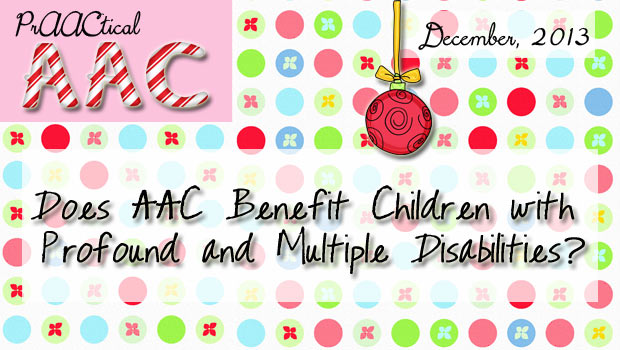
For most SLPs, it is easy to see how AAC can be beneficial to someone with motor difficulties, like cerebral palsy or ALS. To say that AAC strategies and technologies can be life-changing for these individuals is not an understatement. Similarly, the fields of SLP and special education now recognize 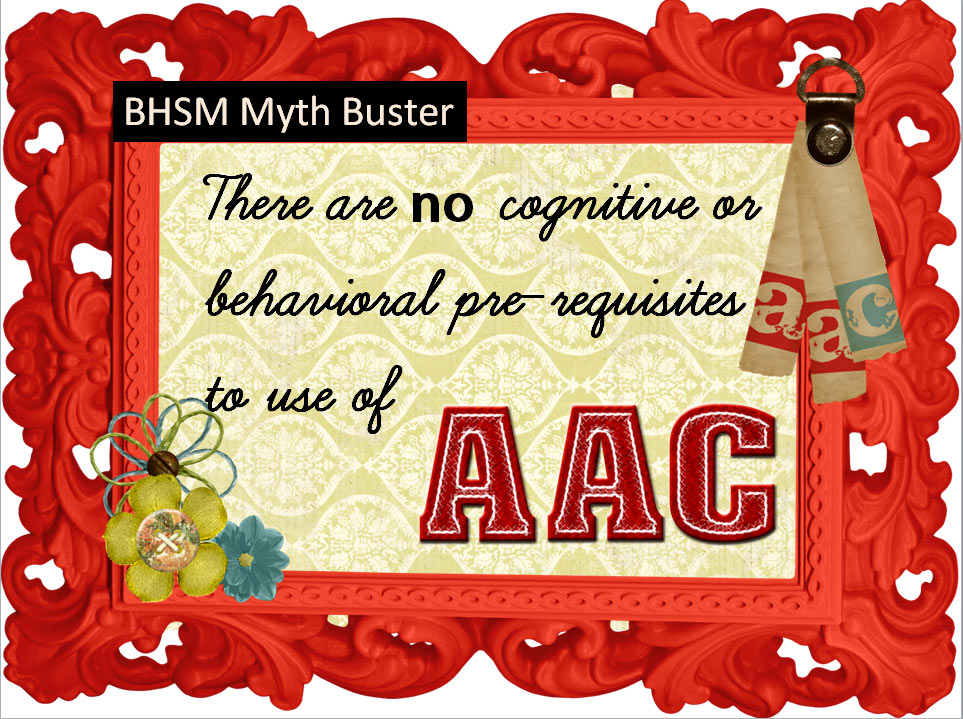 that visual supports and AAC options are a standard of care for people affected by autism who have little or no functional speech. Not only does AAC provide a means for functional communication, but it also plays facilitative important role in speech and language development. To be sure, there are significant challenges in the implementation of AAC supports and services with these populations, but the practices themselves are now widely recognized for their positive impact on communication, literacy skills, independence, and behavior.
that visual supports and AAC options are a standard of care for people affected by autism who have little or no functional speech. Not only does AAC provide a means for functional communication, but it also plays facilitative important role in speech and language development. To be sure, there are significant challenges in the implementation of AAC supports and services with these populations, but the practices themselves are now widely recognized for their positive impact on communication, literacy skills, independence, and behavior.
But what about individuals with the most significant learning challenges? In this post, we share an article 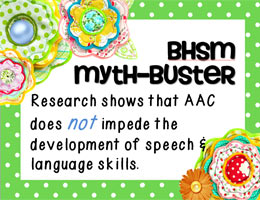 looking at AAC use with children experiencing profound intellectual disabilities, physical challenges, and visual difficulties. Following an extensive assessment period, multimodal communication was used to build skills in requesting and choice-making over a 5-week period. You can read the details in the full article here. Each child received 5 hours of AAC interventions from an SLP plus carryover practice in the classroom for an additional 7.5 hours/week. “In total, both children made progress with a minimum of 12.5 hours’ AAC support each” (Harding, et al., 2011, pg 127).
looking at AAC use with children experiencing profound intellectual disabilities, physical challenges, and visual difficulties. Following an extensive assessment period, multimodal communication was used to build skills in requesting and choice-making over a 5-week period. You can read the details in the full article here. Each child received 5 hours of AAC interventions from an SLP plus carryover practice in the classroom for an additional 7.5 hours/week. “In total, both children made progress with a minimum of 12.5 hours’ AAC support each” (Harding, et al., 2011, pg 127).
Clearly, more research is needed. But if kids with the most severe intellectual disabilities, (and other challenging conditions), can improve their communication skills with this level of AAC support, educational teams have cause for hope. Let’s work together to build meaningful communication skills in ALL learners.
::::::::::::::::::::::::::::::::::::::::::::::::::::::::::::::::
Harding, C., Lindsay, G., O’Brien, A., Dipper, L, & Wright, J. (2011). Implementing AAC with children with profound and multiple learning disabilities: a study in rationale underpinning intervention. Journal of Research in Special Educational Needs, 11, 2, 120-129.
Filed under: PrAACtical Thinking
Tagged With: beginning communicator, intellectual disability, PMLD, prelinguistic communication, research support
This post was written by Carole Zangari

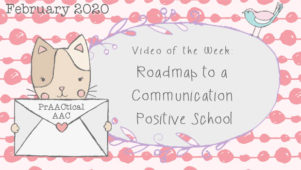
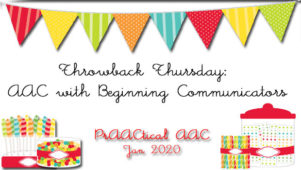
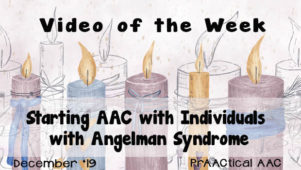
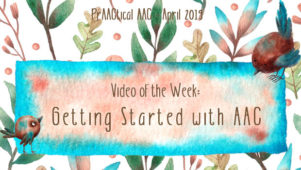
2 Comments
Great addition to Research Tuesday Carole!
This article review made me think about a young woman (14-years-old) that I was an attendant for while I was doing my leveling coursework prior to graduate school. She had profound developmental disabilities. A previous SLP had recommended a DynaVox. Shortly after she got the DynaVox she had to switch SLPs due to insurance. Unfortunately she didn’t progress much with her AAC device. After reading your review I think that she may have made better progress if she had more intensive dedicated services to using it.
Rachel, I think you hit on something very important. Sometimes, we are headed in the right direction with these clients, but the intensity, focus, or quality of therapy may need some adjustments. I, too, have had clients like this, and wish that I could push the rewind button to change how I delivered services. The good news is, of course, that we are learning more about the best ways to help these folks become more effective communicators. Thanks so much for stopping by, Rachel, and for taking the time to comment.